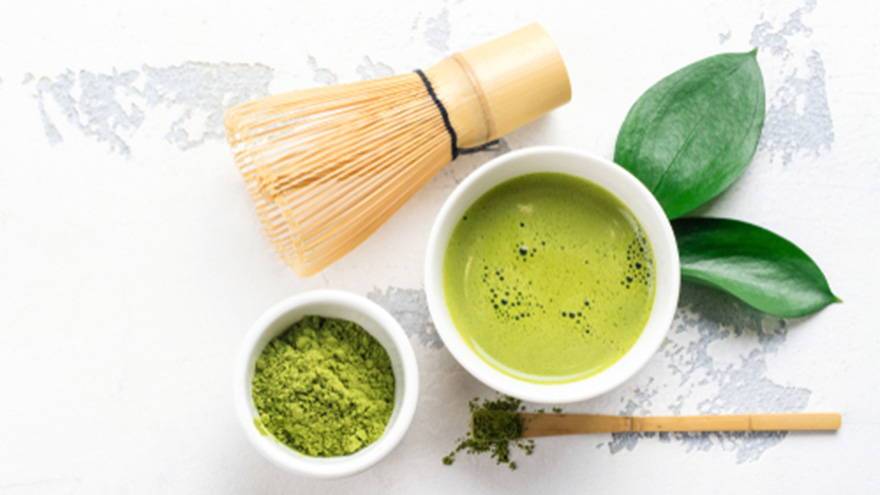Feel the Difference HHC Gummies are an exciting and innovative option for anyone seeking to enhance their relaxation, energy, and positivity. HHC, or hexahydrocannabinol, is a naturally occurring cannabinoid found in hemp, known for its mild euphoric effects that are often described as a blend of THC and CBD. These gummies provide an easy and enjoyable way to experience the benefits of HHC, offering a convenient alternative to other methods of consumption such as smoking or vaping. When it comes to relaxation, Feel the Difference HHC Gummies can help create a sense of calm and ease. The unique properties of HHC work to gently soothe both the mind and body, promoting relaxation without the intense or overwhelming effects associated with some other cannabinoids. For many people, these gummies can be a great way to unwind after a stressful day, helping to alleviate tension and encourage a sense of peace and tranquility. The calming effects of HHC also make it an ideal option for those seeking to improve their sleep quality or simply relax during a stressful situation, allowing the body to find its natural rhythm and rest.

In addition to promoting relaxation, Feel the Difference HHC Gummies also provide a boost of energy, making them suitable for daytime use. Unlike other cannabinoids that can make you feel sleepy or lethargic, HHC delivers a more balanced and uplifting experience to buy hhc gummies online. This energy boost is typically described as a gentle pick-me-up, making it ideal for tackling daily tasks or staying focused on work. Whether you need a little extra motivation to start the day or a midday boost to power through your afternoon, these gummies can provide the subtle energy lift you are looking for, without the jittery feeling often associated with caffeinated products. Perhaps one of the most appealing aspects of Feel the Difference HHC Gummies is their ability to promote positivity. Many users report a feeling of uplifted mood and enhanced well-being after consuming these gummies. The mild euphoric effects of HHC can help to promote a sense of happiness and mental clarity, making it easier to stay positive throughout the day.
This mental boost is perfect for those dealing with occasional feelings of anxiety or negativity, as it helps shift focus away from stressors and fosters a more optimistic outlook. The best part of Feel the Difference HHC Gummies is their ease of use and discreet nature. With each gummy containing a precise dose of HHC, you can easily control your intake and enjoy the effects as needed. The gummies are also portable, making them perfect for on-the-go use. Whether you are at home, at work, or out running errands, you can conveniently incorporate these gummies into your daily routine for consistent support in relaxation, energy, and positivity. In conclusion, Feel the Difference HHC Gummies offer a balanced and versatile option for those seeking to enhance their overall well-being. With their calming, energizing, and mood-boosting effects, they are a great way to support both mental and physical health. Whether you are looking to unwind, stay energized, or promote a positive mindset, these gummies provide a simple and enjoyable way to feel your best.







 For example, states like California, Colorado, and Oregon have robust legal frameworks governing the production and sale of THC cartridges. In these states, dispensaries are licensed to sell THC products to consumers over the age of 21, and the products must meet strict quality and safety standards. THC cartridges are typically tested for potency, pesticides, and other contaminants to ensure they are safe for consumption. On the other hand, in states where only medical marijuana is legal, THC cartridges may only be available to patients who possess a valid medical cannabis card. The regulations in these states are often stricter, with limitations on the amount of THC that can be purchased or possessed. In contrast, several states still prohibit the use of THC products altogether. In places like Idaho and Nebraska, all forms of cannabis, including
For example, states like California, Colorado, and Oregon have robust legal frameworks governing the production and sale of THC cartridges. In these states, dispensaries are licensed to sell THC products to consumers over the age of 21, and the products must meet strict quality and safety standards. THC cartridges are typically tested for potency, pesticides, and other contaminants to ensure they are safe for consumption. On the other hand, in states where only medical marijuana is legal, THC cartridges may only be available to patients who possess a valid medical cannabis card. The regulations in these states are often stricter, with limitations on the amount of THC that can be purchased or possessed. In contrast, several states still prohibit the use of THC products altogether. In places like Idaho and Nebraska, all forms of cannabis, including